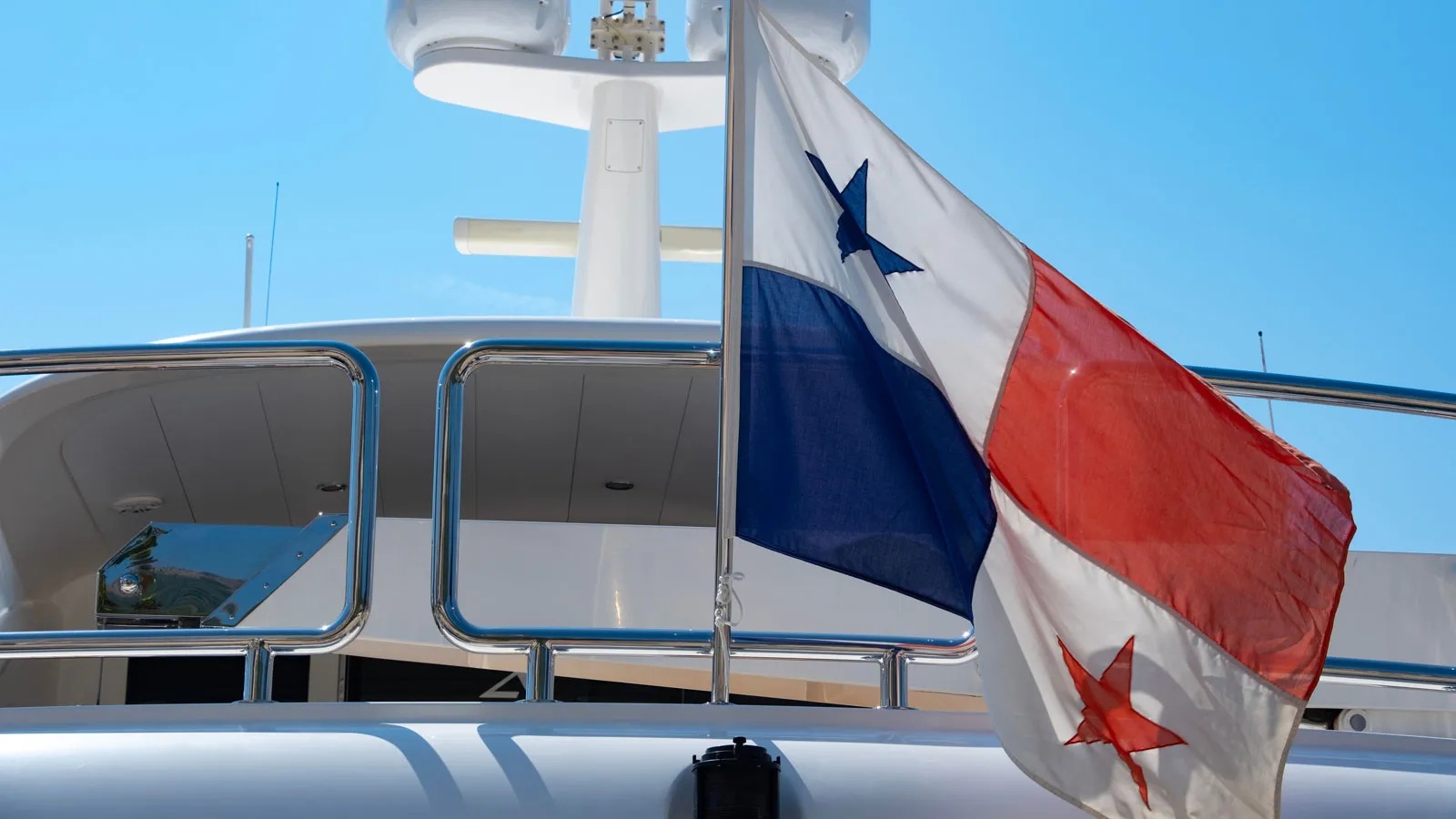Panamas singing whales

By Maureen LoBue
“NO ONE knows exactly why they do this, even after years of study”, explained our expert guide Jeanne Teleia, who has worked in the field for 20 years.
The sing-song, mournful sounds coming from underneath us caught my breath in my throat. Was it sadness? Or was it a signal, combined with short sharper notes, calling to others?
Suddenly everyone turned to see the surface of the water break off to the left of our small panga boat as a 40 ft, sleek, dark gray humpback whale skimmed the surface. Just as suddenly it disappeared, diving into the dark water to continue its song, taking no notice of the excited exclamations and pointing.
The whale was undisturbed by our presence. To truly feel the presence of this majestic animal in its environment, the whale watching experience needs to meet specific criteria, created by the ARAP (Aquatic Resources Authority of Panama).
Anne Gordon de Barrigón, founder of Whale Watching Panama, is dedicated to providing responsible, respectful, educational and sustainable whale and dolphin watching tours that have minimum impact on the animals and the environment.
As a member of the WCA (World Cetacean Alliance) her goal is to respect, protect and conserve the whales, dolphins and marine environment.
Minimum impact means that when whales are spotted in the water, the boat is slowed and quieted at a distance. A group of whales can be observed for only about 20 minutes and no more than three boats are allowed to observe at a time. The overriding policy is to give complete control over the encounter to the animals.
Why is this policy so important? The International Whaling Commission (IWC) gave humpback whales worldwide protection status in 1966, but there were large illegal kills until the 1970’s. It is estimated that today they number only 30-35% of the original population.
Studies of the impact of boats on whale behavior illustrate the importance of the practice. Boat behavior around whales, including approach and number of vessels, has been shown to change respiration rate, direction of travel, time spent at the surface, and dive behavior Calves need to feed adequately, eating as much as 100 gallons a day, which the disturbance of boats prevents.
Conservation is through education of guests on board. While in Panama waters to give birth, mother whales nurse new calves for three months before migrating For that entire time the calf, between 10-15 feet (3-4.5 m) long at birth, and weighing up to 1 ton (907 kg), nurses frequently on the mother’s milk, which has a 45% to 60% fat content. The mother whales do not eat at all during this 3 months.
The mesmerizing “song” we heard is sung only by males and is repeated by all males for a period of time.
According to the American Cetacean Society, “Scientists have discovered that humpback whales sing long, complex ‘songs’. Whales in the North American Atlantic population and all the whales in the North American Pacific population sing the same song. However, the songs of each of these populations and of those in other areas of the world, have unique differences A typical song lasts from 10-20 minutes, is repeated continuously for hours at a time, and changes gradually from year to year. Singing whales are males, and the songs may be a part of mating behavior.”
While watching and listening to these extraordinary creatures up close and personal, we need to also respect and protect them. So when booking a tour, chrck if they follow the ARAP guidelines , Whale Watching Panama, offers half and full day tours from Panama City and Contadora Island, while at the same time supporting local fishermen who navigate the panga boats. They can be reached at www.WhaleWatchingPanama.com.
Maureen LoBue is an international travel writer who has traveled the world and came to Panama last year after three years in the Virgin Islands.





